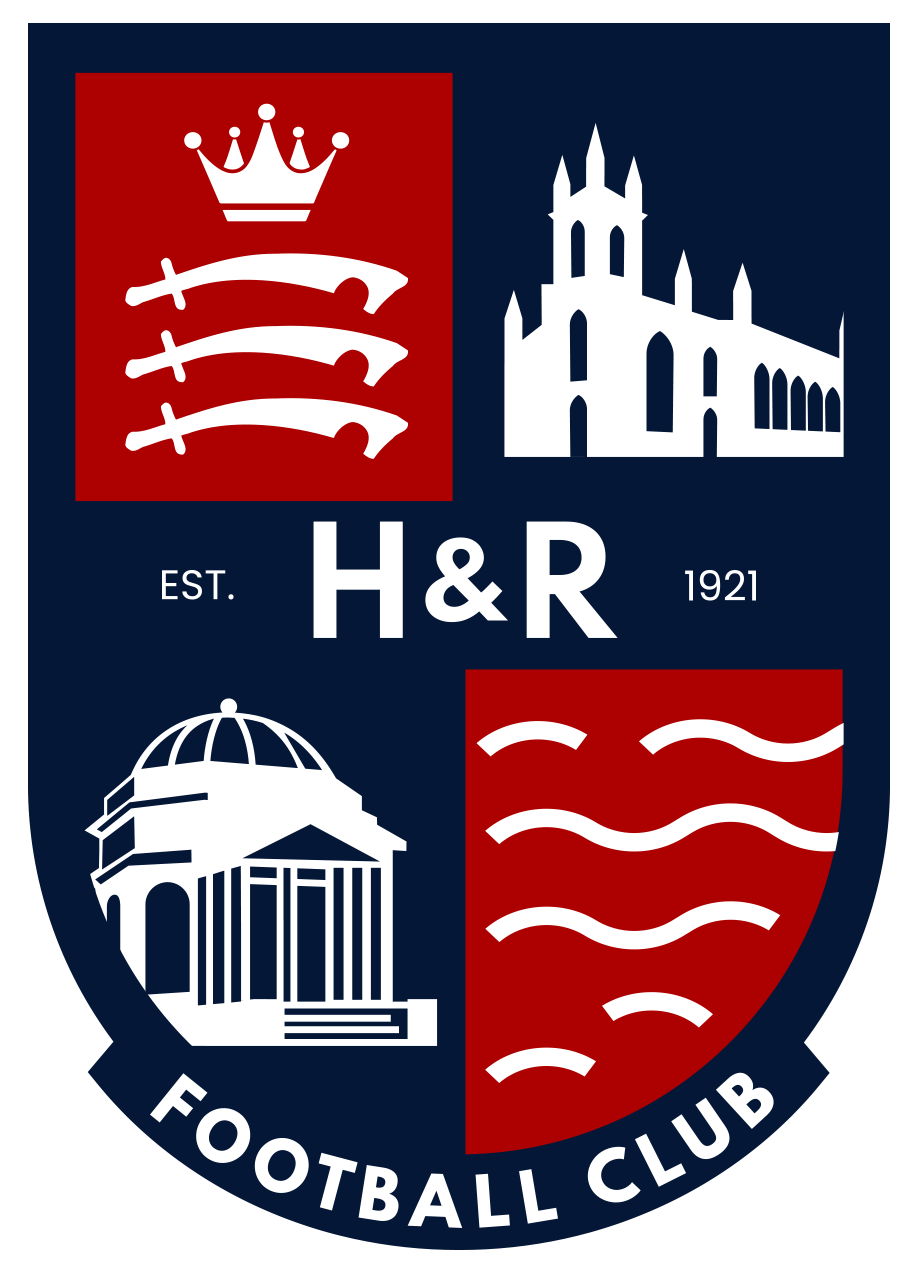HAMPTON, AROUND AND ABOUT
Things you may not know, or didn’t know you knew!
No 23 HAMPTON CEMETERIES Part 1
St Marys Churchyard
I do enjoy a wander round cemeteries, looking at the inscriptions on the memorials – perhaps you may find that odd. Hampton has two within the village, the churchyard and Hampton Cemetery in Hollybush Lane.
First off, some info which you may, or may not, find enlightening. A cemetery, burial ground, gravesite or graveyard is a place where the remains of dead people are buried or otherwise interred. The word cemetery comes from the Greek for ‘sleeping place’. A graveyard usually applies to a burial ground within a churchyard. Here endeth the First Lesson!
There has been a church overlooking the Thames since around the 14th century, but the building that we see now was replaced the old structure in 1830. Until Hampton Cemetery came into being the churchyard was the burial place of the Parish. The Burial register commences from 1555, with the oldest memorial being that of John Coope, Keeper of Bushy Park, 1690.
There are though to have been as many as 16,000 interments up to 1883 when the churchyard was temporarily closed when the new cemetery was opened. By this time the cemetery had become ‘overcrowded’, which is hardly surprising given the area available for burials.
There were four very distinct areas of the Churchyard.
The North West corner was held under lease from the governors of Hampton School, for which a yearly rental was paid.
The area in front of the church was known as the ‘Vicar’s Freehold’ – which meant that he received the whole of the burial fees (he only received half for the other areas, so let’s guess where he tried to put interments!).
Land north of the church was purchased by Mrs Garrick (David Garrick’s wife) in exchange for a piece of land opposite.
The North- East corner, which was originally the kitchen garden of the ‘Bell Inn’.
In 1915 the churchyard was closed except for interments in family vaults and graves in which spaces were available. Over the years the churchyard became very dilapidated. In 1972 following lengthy discussions with the London Borough of Richmond, the churchyard was renovated. The churchyard remains a pleasant, quiet spot overlooking the Thames, recently a bench was added to allow visitors to sit and gaze down on the river scene. There are still many monuments to be seen, although many memorial stones will have gone following many refurbishments.
Incidentally, the iron railings along the front date from the mid-1800s, are thought to have been erected to curb the activities of ‘body snatchers’ (who called themselves ‘resurrectionists’). An infamous gang in London were called the ‘London Burkers’.
A fresh body could sell for a few guineas to the medical profession, for anatomical use.
The Old Historian
External Links:
www.hrbfc.co.uk - Official website
www.hrbfc.live - Streaming & donations
www.hrbfc.net - Unofficial fans forum
www.hrbfc.org - Archive 1959-2017
- Unofficial forum for supporters of Hampton & Richmond Borough FC
- All times are UTC+01:00
- Delete cookies
- Privacy
- Terms
- Contact us
Powered by phpBB™ • Design by PlanetStyles
